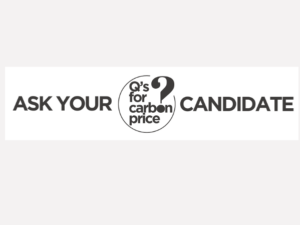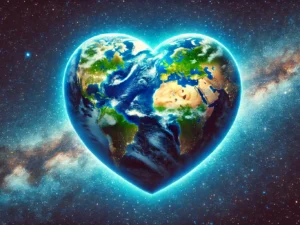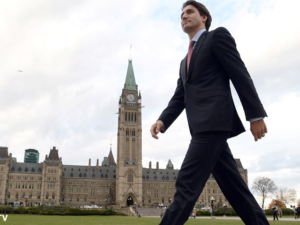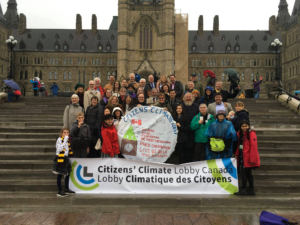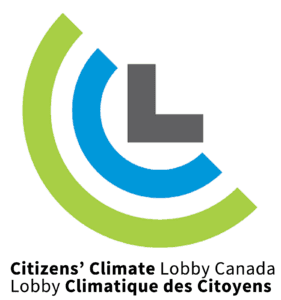What do inflation and central banks have to do with the climate crisis? A lot because central banks have the power to create money, and climate activists need to understand why if they are to campaign for change. Guy Dauncey is cofounder of the West Coast Climate Action Network. For the past seven years, he has been researching and writing his yet-to-be-published book on The Economics of Kindness – How to End the Economics of Selfishness and Build an Economy that Works for All. If you have read Kim Stanley Robinson’s “The Ministry of the Future”, or have been following the work of Barbados Prime Minister Mia Mottley, you might have an inkling of how important this piece of the puzzle is for getting humanity out of the mess we are in. Most importantly, Guy is an impeccable teacher and sees the future we can create together. We encourage you to watch this video. Important points covered: Resources Mentioned: Check out: Francis Coppala THE CASE FOR PEOPLE’S QUANTITATIVE EASING About Guy Dauncey
1. Supply-side disruptions
2. Greedflation by corporations
3. The increased price of oil
4. The increased price of housing and rent
5. Wages push inflation
6. Falling currency
7. Excess aggregate demand (the total demand for final goods and services in an economy at a given time.)
8. Central banks printing more money than the economy can absorb
It is NOT caused by excessive government spending because every dollar taken out by the government is balanced by taxes or bonds to finance the debt
3% of Money is banknotes and coins
Money in debt and banks is a reciprocal debt
Money at Central Banks is not reciprocal debt
– banks and credit unions
– central banks
Neoclassical economics does not really accept this fact.
Money is credit created as reciprocal debt based on the trust that it will be repaid.
1. Get off oil as soon as possible to deal with the price of oil causing inflation. Guy strongly recommended carbon pricing with rebates such as we have in Canada
2. We need government programs to act directly on the housing crisis to counter inflation. Raising the bank rate will not impact housing costs.
3. Give workers a pay raise: 2/3 workers’ wage raises are falling below inflation. We cannot tame inflation by putting a burden on the lowest-paid workers. Expand the labour market too. Expand childcare and senior’s care.
4. Excessive aggregate demand during and after COVID: In the USA the richest benefited from “quantitative easing and now 40% of the current aggregate demand come from the top 1% and 75% comes from the top 10%. The solution is to tax the rich.
The Organization POSITIVE MONEY
Guy Dauncey’s adaptation of “THE BIGGEST CLIMATE SOLUTION YOU HAVE NEVER HEARD OF”
Guy Dauncey is an anthropological economist who works to develop a positive vision of a sustainable future, and to translate that vision into action. He lives on Vancouver Island. He is the founder of the BC Sustainable Energy Association, and the author or co-author of ten books, including The Climate Challenge: 101 Solutions to Global Warming and Journey to the Future: A Better World Is Possible. In 2020 he authored, Climate Emergency: a 26 Week Transition Program for Canada, which was presented to MPs in Ottawa in 2020. The Seven Ways to Tackle Inflation without raising interest rates was published earlier this year in Corporate Knights.
Inflation, Central Banks, and the Climate Crisis with Guy Dauncey
Home » CCL Canada News » Inflation, Central Banks, and the Climate Crisis with Guy Dauncey
Inflation, Central Banks, and the Climate Crisis with Guy Dauncey
Posted on May 3, 2023 in CCL Canada Education Call


